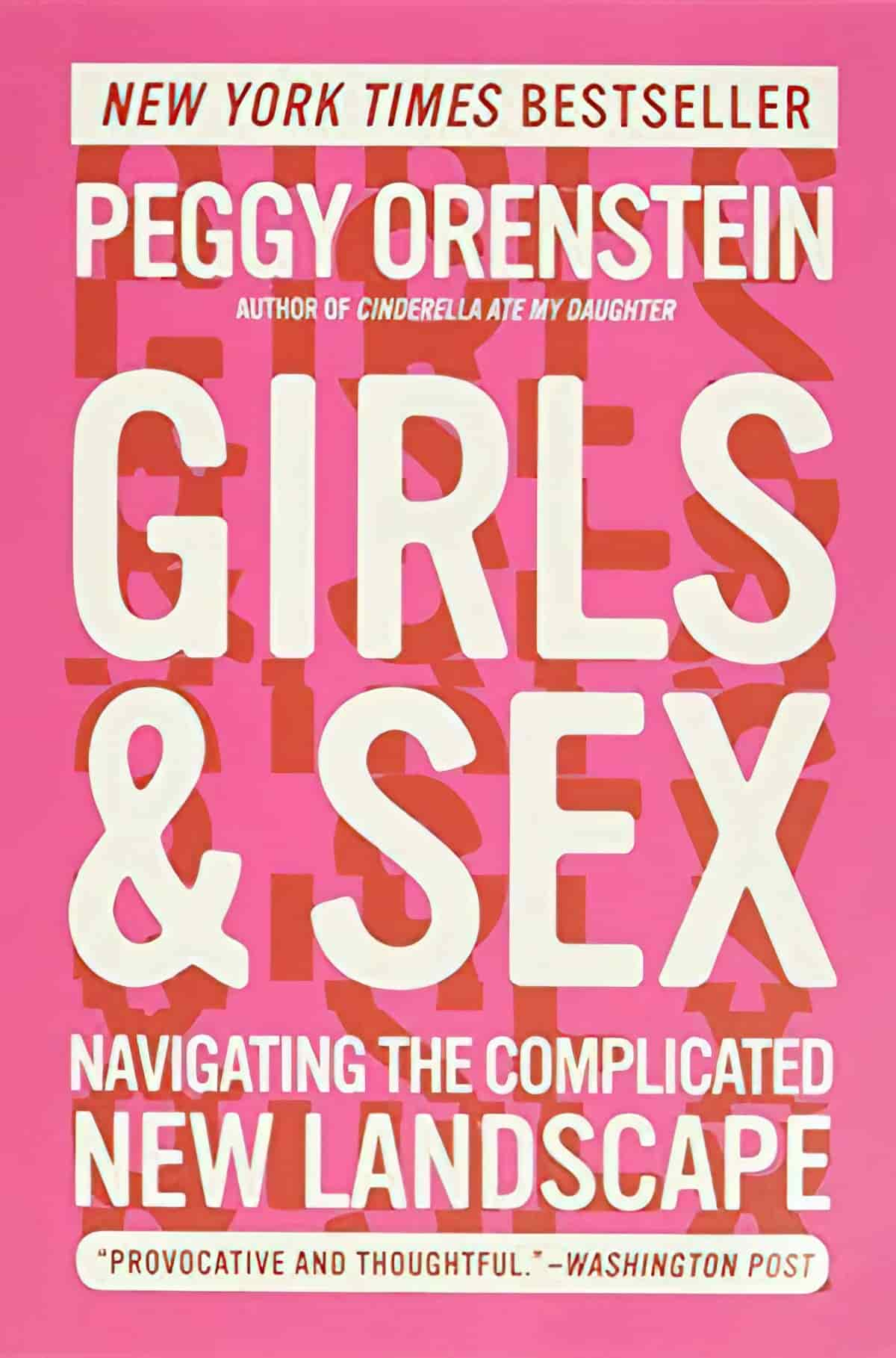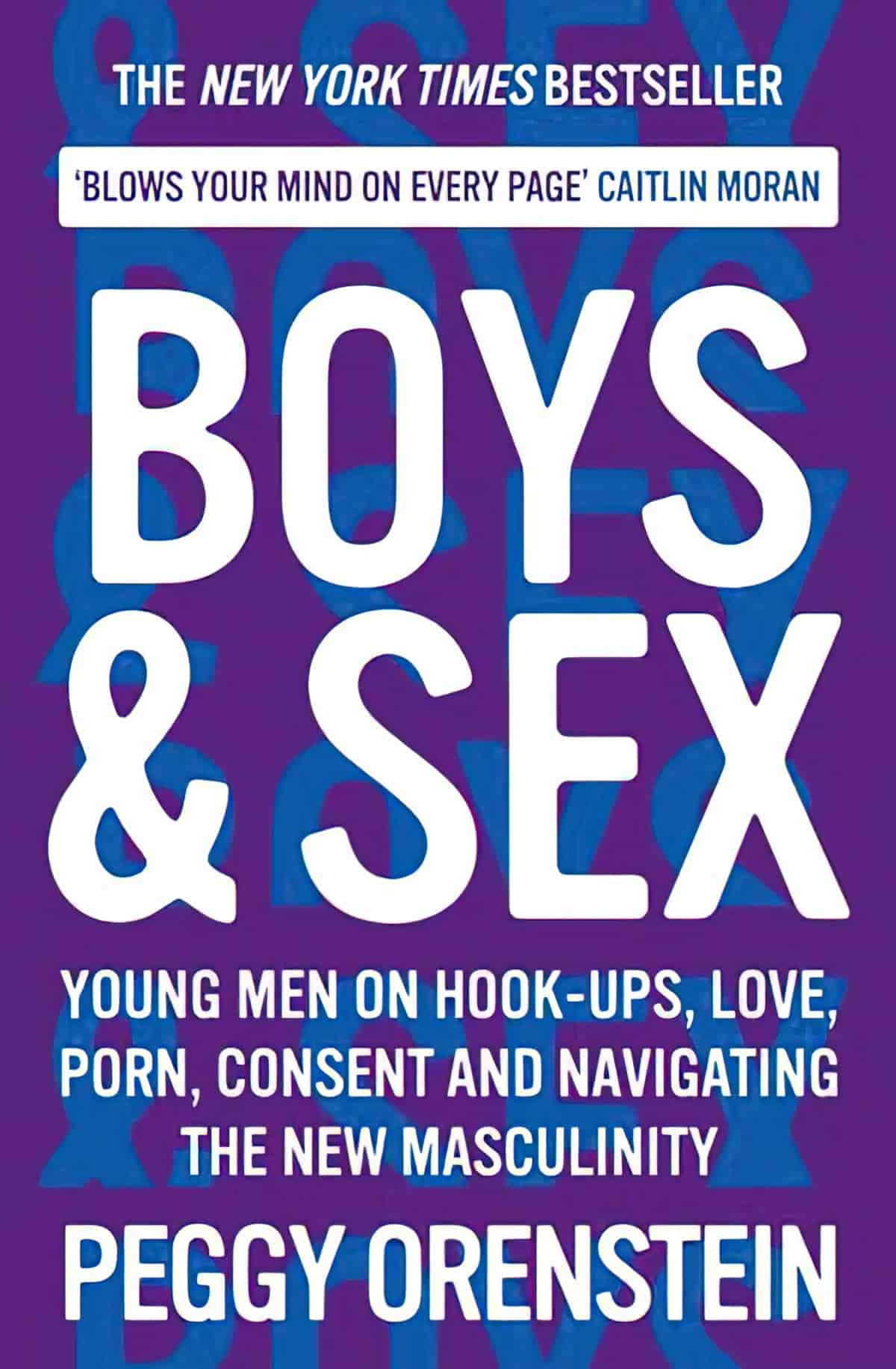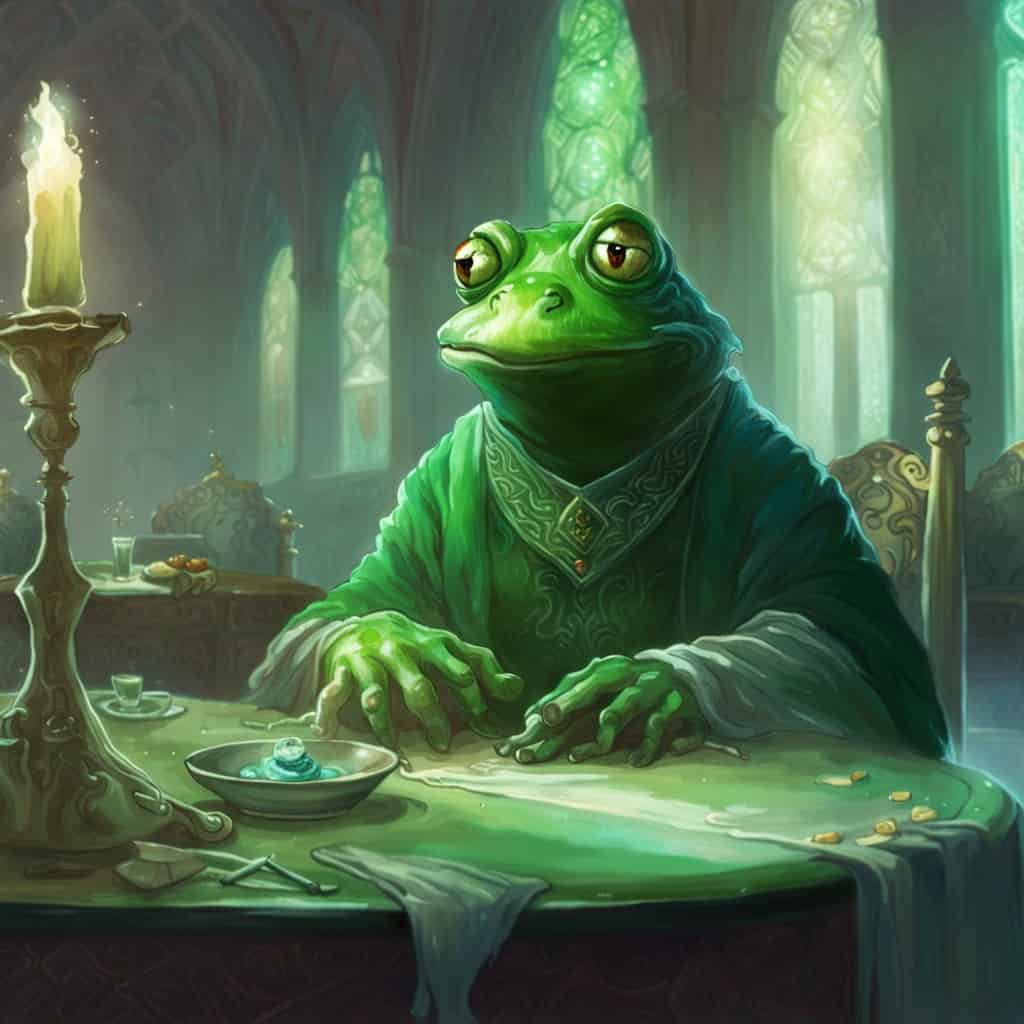“The Frog Prince” is a short story by American writer Robert Coover. It appeared in the January 19, 2014 edition of The New Yorker and was discussed at The New Yorker short story podcast by Deborah Treisman and Gabe Hudson, a former student of Coover’s. Informed by the podcast discussion, I am on the lookout for writing tips.
Gabe Hudson tells us that Robert Coover tends to pull from the culture to re-vision existing stories. He has a strong moral undercurrent (easily missible). Though there’s no such thing as a typical Coover story, this one is emblematic of what he writes.
Coover’s take on “The Frog Prince” is interesting from a plot point of view because this story, including the big reveal, could easily be the plot of a children’s picture book. There’s an entire subcategory of children’s books in which a wild animal joins civilisation but returns to the wild in the end, where they are happy. Veronica by Roger Duvoisin is one example from the early 1960s. However, Coover’s short story contains c*nnilingus (of course, due to a frog’s tongue) and is very much for adults.
Before re-reading Coover’s story, let’s take another look at “The Frog Prince” as old fairy tale.
The version I read as a kid was disturbing, and even more disturbing when I returned to it as an adult and realised the Ladybird version had been crafted to encourage audience empathy with the frog. For me, this story is a clear attempt to persuade young women to marry the unappealing men they’re told to marry. Or more generously, it’s a story about men feeling the disparity in the gaze (beauty is attributed to young women). When women tell it to younger women and girls, “The Frog Prince” is about a specifically feminine fear: Fear of Engulfment, or, fear of one’s body being taken over, first by marriage, then by constant child-rearing.
Those are my various takes, and what does a contemporary male writer do with it? Interestingly, Coover sticks with the princess for the point of view. (The princess is not named, nor called the princess. She is simply ‘she’.) While not wishing to be reductive, Treisman and Hudson agree that Coover’s “The Frog Prince” could be read as an allegory about drug use. “Mother’s Little Helper” springs to mind when it comes to drug use and married women. (Drugs are symbolically coded for demographics.) “The trip was worth it. She was transported to another realm…drug fiend that she was…nothing lasts forever, least of all ecstasy…”
It just so happens, the last New Yorker short story I read was “A Family Man” by V.S. Pritchett, which is why I’ve noticed that both main characters (Pritchett’s Berenice and Coover’s Princess) transport themselves to a fairytale world while ostensibly being in relationships with ‘men’, and I put ‘men’ in quotes not because the ‘man’ of this story of this story is actually a frog, but because these women are not in relationships with anyone but themselves. Their men could be anyone, literally anyone (even a frog, or perhaps a dild*).
So, I’m wondering how many heterosexual men wonder what women are thinking about when they have sex together. Perhaps men assume (or worry) that women have mentally left the room, leaving men to do the manual work alone. Whereas ancient (pre-birth control!), orally recited versions of this feminine tale may be about the specifically feminine fear of pregnancy, perhaps when Coover re-visions it, the story is now about the specifically male fear of performing sex acts on women (which tend to take some time, given the biological and hormonal differences, social conditioning etc.)… and feeling completely interchangeable while doing it. I wonder if this concern is more relevant to sex acts which don’t happen face to face. In this case, the frog of “The Frog Prince” is especially valuable, because, ya know, while giraffes are notable for their long necks, frogs are notable for their tongues. Coover certainly makes use of this in this humorously sexual short story.
I mean, a lot more could be said about this masculine fear, but then we’d have to get into how women are expected to do the majority of care work in our society, which extends to sex, which extends to the duty of making sure male partners feel valued as individuals in the bedroom… But that frankly exhausts me, and Peggy Orenstein et al. have already done a great job of writing about the pleasure disparity between the (binary) genders.

A generation gap has emerged between parents and their daughters. Mothers and fathers have little idea about the pressures and expectations they face or how they feel about them.
Drawing on in-depth interviews with young women and a wide range of psychologists and experts, renowned journalist and bestselling author Peggy Orenstein goes where most others fear to tread, pulling back the curtain on the hidden truths and hard lessons of girls’ sex lives in the modern world.

Peggy Orenstein’s Girls & Sex broke ground, shattered taboos, and launched conversations about young women’s right to pleasure and agency in sexual encounters. It also had an unexpected effect on its author: Orenstein realized that talking about girls is only half the conversation. Boys are subject to the same cultural forces as girls—steeped in the same distorted media images and binary stereotypes of female sexiness and toxic masculinity—which equally affect how they navigate sexual and emotional relationships. In Boys & Sex, Peggy Orenstein dives back into the lives of young people to once again give voice to the unspoken, revealing how young men understand and negotiate the new rules of physical and emotional intimacy.
Drawing on comprehensive interviews with young men, psychologists, academics, and experts in the field, Boys & Sex dissects so-called locker room talk; how the word “hilarious” robs boys of empathy; pornography as the new sex education; boys’ understanding of hookup culture and consent; and their experience as both victims and perpetrators of sexual violence. By surfacing young men’s experience in all its complexity, Orenstein is able to unravel the hidden truths, hard lessons, and important realities of young male sexuality in today’s world. The result is a provocative and paradigm-shifting work that offers a much-needed vision of how boys can truly move forward as better men.
I don’t really think either Pritchett or Coover are writing about ‘fear’ of anything. I suspect Coover re-visions “The Frog Prince” to poke fun at a Romantic cultural ideal: That sex brings two people together when, in fact, bringing someone else to org*sm is a mundane, manual act, having nothing to do with love, surprisingly little to do with attraction, and everything to do with friction, lubrication, timing and imagination.
STORY STRUCTURE OF “THE FROG PRINCE”
Just under 1200 words is Coover’s sweet spot for short stories (though his novels are very long). Hudson says that writers can achieve velocity and comedy with this length, as well as ‘a telescopic view or a life or event and sum it up into condensed fashion’.
SHORTCOMING
The first paragraph demonstrates the pace and density of the story:
At first, it was great. Sure. It always is. She cuddled a frog, wishing for more, and—presto! A handsome prince who doted on her. It meant the end of her marriage, of course, but her ex was something of a toad himself, who had a nasty habit of talking with his mouth full and a tongue good for nothing but licking stamps.
“The Frog Prince”
That opening also introduces the (comical) shortcomings of her ex, which boil down to overfamiliarity.
DESIRE
We deduce the problem: The Princess is sick of her husband and craves excitement with novelty.
OPPONENT
Love opponents in this one: The frog and the ex, who is a bit of a toad himself.
PLAN
This story makes use of fairy tale logic, which is handy for a short story of this length because nothing needs further explanation e.g. Why the hell was a woman going around cuddling and kissing frogs in the first place. We know the answer. In the world of fairy tales, she was hoping to find a prince.
THE BIG STRUGGLE
If we read the story as a drug allegory, she gets addicted to drugs, neglects personal hygiene, loses everyone close to her, and eventually due to lack of access to more drugs, turns back to her husband.
If we read it as a straight love story, once limerence wears off, the weird habits of the frog are even weirder than the weird habits of her ex.
ANAGNORISIS
she understood now, as she should have understood then, that he had been not an enchanted prince turned into a frog but a frog turned into a prince, and all he’d wanted was to be a frog again.
“The Frog Prince”
NEW SITUATION
In the end, she got in touch with her ex … gratefully, he returned, and they found a certain contentment, living more or less happily ever after, which is what “now” is while one’s in it.
“The Frog Prince”
EXTRAPOLATED ENDING
Possible morals and ideas:
- Find a way to make yourself loved for what’s inside
- Don’t judge by appearances
- There are different ways of looking at our existence and there’s something hubristic about humans thinking we are the ultimate life form. It might actually be preferable to be a frog or any other entity.
In any case, Hudson and Treisman agree it’s interesting to look at life from the vantage point of others which are discounted.
RESONANCE
Fairytales frequently draw on the grotesque and can be cruel. A number of authors find “The Frog Prince” plot useful for telling a contemporary story, sometimes retaining the grotesqueness, sometimes subverting it.
Steven Millhauser’s “A Visit” (from a 1997 issue of The New Yorker) is also about a woman who loves a frog.
Annie Proulx’s “Bunchgrass End Of The World” is another example of a Frog Prince re-visioning.

FURTHER RESOURCE
In this episode, we discuss “The Frog Prince” by Robert Coover. What can we learn from this retelling of a classic fairy-tale trope? Should we take a story like this literally? What does it mean to have a writer’s eye? How do we find the perfect details? How is seeing great details not merely a matter of choosing the best words?
Why Is This Good? podcast
